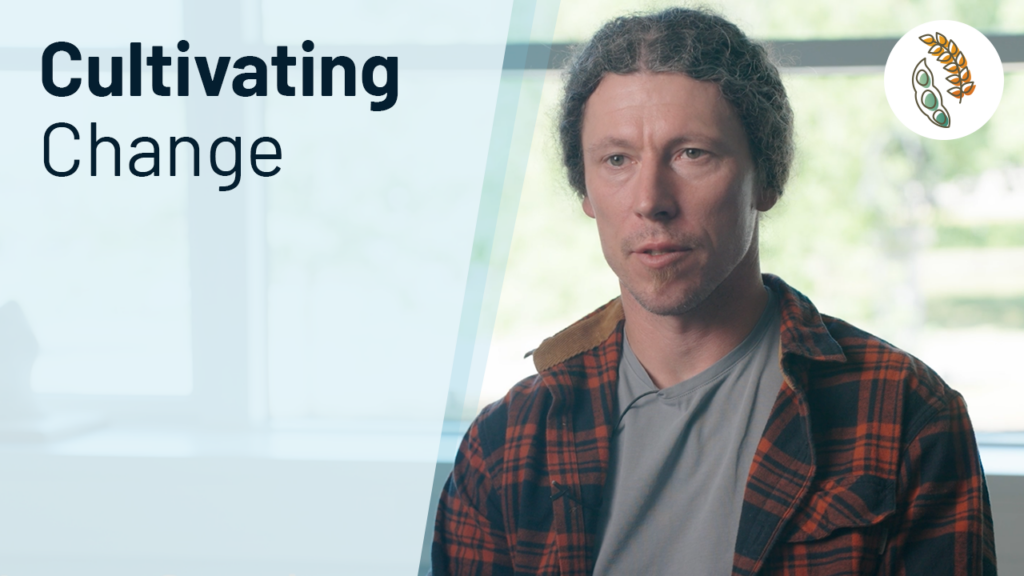What makes the LEGUMINOSE project special? It is the dual focus on both scientific research and practical application. In this interview, Norman Gentsch, a researcher at the Leibniz University of Hannover and member of Team LEGUMINOSE, explains how the project is bridging theory and practice. By establishing demonstration farms and conducting on-farm experiments, LEGUMINOSE aims to spread knowledge about intercropping and encourage its adoption across Europe, offering real-world solutions for sustainable agriculture.
The interview has been edited for length and clarity.
What is the LEGUMINOSE project about?
LEGUMINOSE is a project about intercropping. We want to increase the biodiversity of the agricultural land. At the moment, we face many problems with monocultures in agroecosystems. Presently, monocultures in agriculture cause several problems. Preserving and enhancing the biodiversity on our land can be a first step to adapt to new conditions in the future.
What are the benefits of intercropping?
We hypothesize that pest pressures and diseases will decrease in multi-functional crop systems, such as intercropping. The amount of pesticides and crop protectives needed may also decrease. Intercropping may guide the way to more sustainable agricultural systems.
What can we expect from LEGUMINOSE?
We expect new insights into how intercropping changes the soil, the soil microbial community, and their function. We are also exploring how nutrient cycling within the soil changes.
What makes LEGUMINOSE unique from your perspective?
We decided to have on-farm experiments to spread the knowledge about intercropping to a wider community and across Europe. In Europe, mostly organic farmers use intercropping due to the higher natural crop protection it offers. They cannot just use a pesticide to get rid of an insect. Conventional farmers, so far, are not really using intercropping approaches. The farm labs aim to change this. We want to encourage farmers to learn how to do intercropping, how to get the seeds in the ground, how to harvest the crops, and what to do with the harvest. Should it be separated? Should it be fed to the cows? We need demonstration farms that act as positive examples for other farmers.
What are the main challenges in LEGUMINOSE?
The major issue when introducing a new system is knowing where to sell the products. This is a major concern for the farmers. If they start with intercropping or producing mixed products, they need to know exactly who is buying their product or what they can use it for. Consequently, creating a market for intercropped products is one of the major challenges. Another challenge are technical issues: How can we harvest intercropping? What do we need to seed? When and how do we need to seed? Should we separate the intercropped product and how? How high is the quality of the product in the end? These are some of the challenges we need to tackle.
What makes you personally excited about the LEGUMINOSE project?
The most exciting thing for me are the potential microbial changes in the soil and how these impact the cycling of nutrients among microbes, plants, and the atmosphere. I am curious to see how this works in the intercropping systems.
What is your vision for agriculture in 2050?
In the future, I hope that we will have more diversified systems, including different crop combinations and smaller field sizes.
Curious to learn more about intercropping?
